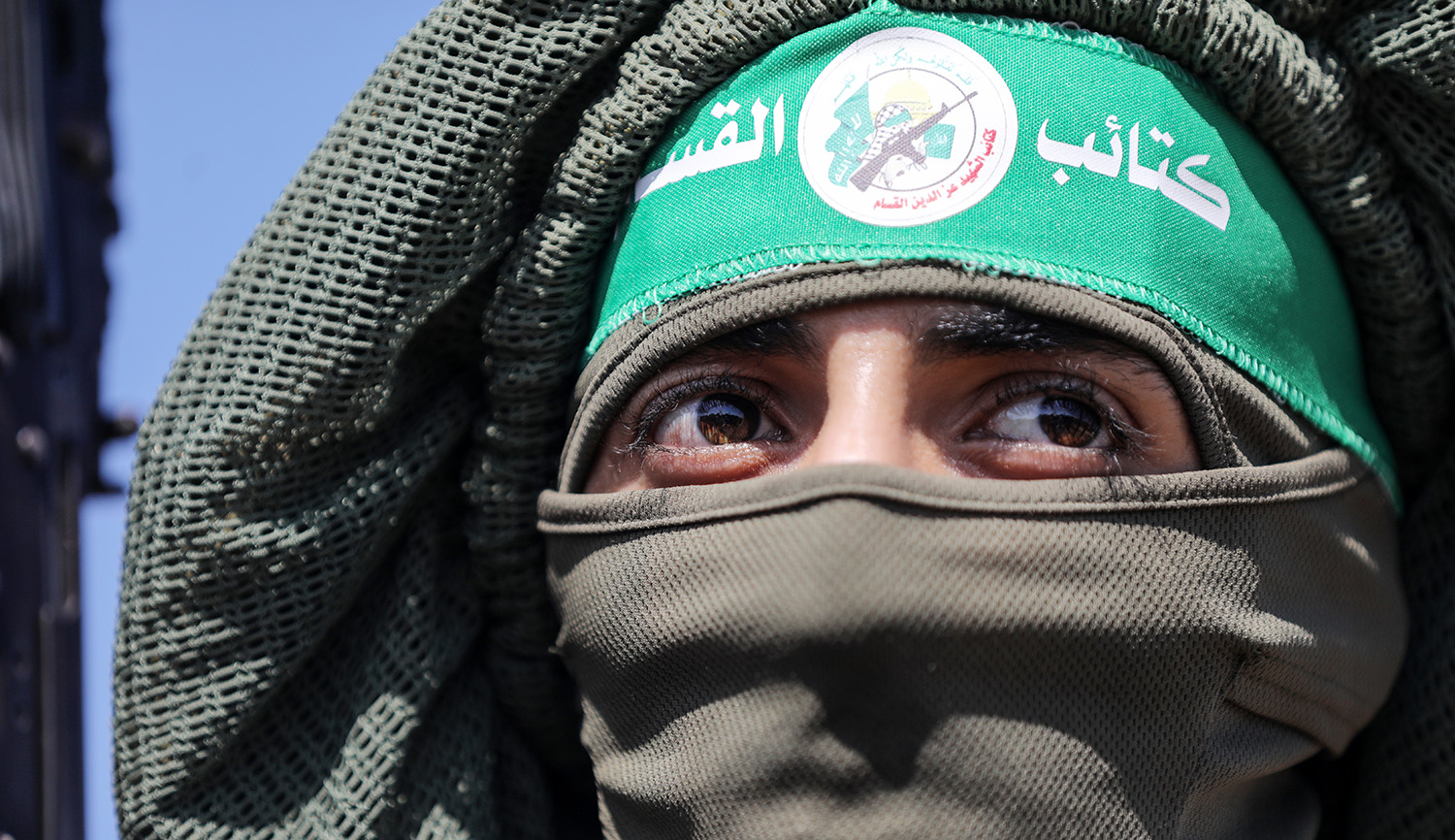The illuminated manuscript may seem like a genre of the past, but the contemporary artist Barbara Wolff has decided to make it her own, working with Hebrew-language biblical and liturgical texts. Currently an exhibit of her work is on display at New York City’s Congregation Or Zarua. Benjamin Marcus writes:
From sourcing and preparing often rare ingredients—chalk, eggshell, acacia-tree gum, lye, alum; pounding her own pigments from rare minerals and leads; to cutting, pressing, and burnishing gold and other precious metal leaf, Wolff mixes the deeply researched practices established by 14th-century artists with sometimes self-devised techniques of application, first to paint and then to gild her miniature and minutely detailed designs to adorn new pages and folios created expressly for her by calligraphers on vellum or parchment. With these painstaking, laborious projects, Wolff arrives at distinctly original, modern interpretations of canonical scriptural texts.
In an interview with Wolff, Marcus inquires about her manuscript of the book of Ruth, which contains three separate sets of illustrations. Wolff explains:
One [illustration] is the story on the Hebrew side in color that tells you midrash about the text. Except for the scene where I have Ruth and Naomi clinging to each other—and I specifically did not show any faces because I wanted people to put their own characters in the story—that’s all midrash. I had intended for people to think about the background of that story.
On the other side [of the manuscript], there are all the iron-age implements of the stage-set for the story—the plants, animals, objects. If you put yourself back in that little town of Bethlehem, this is what you would have seen.
And then because I know the geography, [a third illustration running along the top of the manuscript portrays] what it would look like if you were standing on the Israel side looking across to see the escarpment that was Moab and the ravines and what the plain of Moab would look like, [and] the change in the limestone hills as one goes from Moab to Jerusalem.
More about: Book of Ruth, Jewish art, Manuscripts


